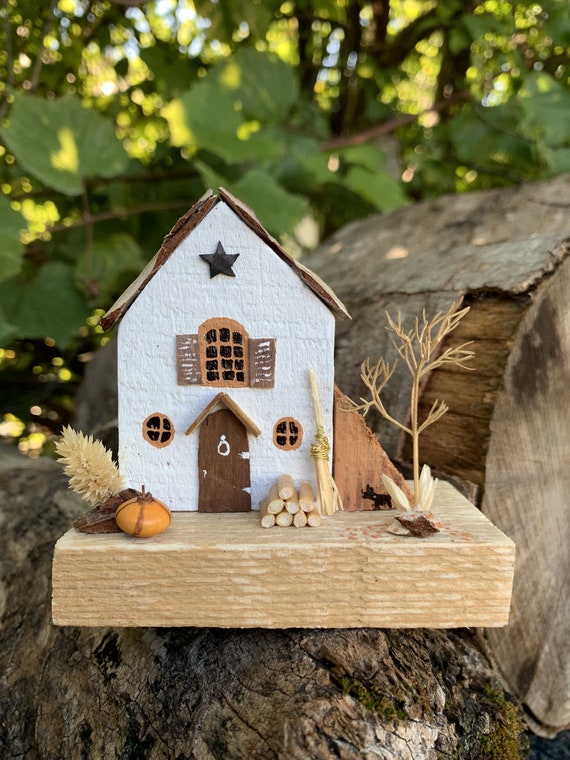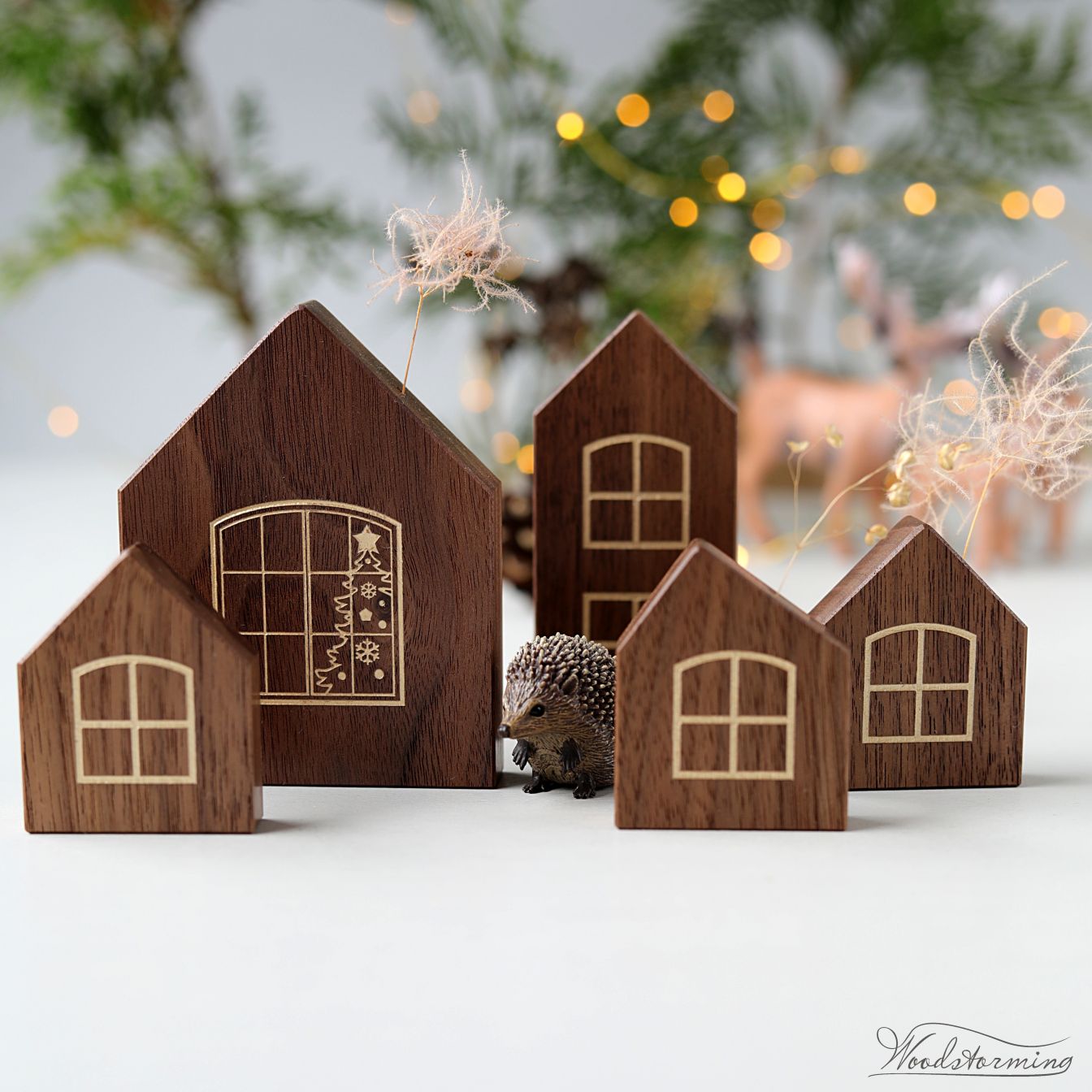Welcome to the world of decorative wooden houses! If you’ve ever dreamed of living in a charming, rustic abode surrounded by nature’s beauty, you’re in the right place. In this article, we’ll explore everything you need to know about decorative wooden houses, from their history and design to their advantages and disadvantages. You’ll also find personal anecdotes and insights that will make this journey into timber living more relatable and enjoyable. Let’s dive into this captivating topic!
Table of Contents
- 1. The History of Wooden Houses
- 2. Decorative Wooden House Designs
- 3. Materials Used in Construction
- 4. Advantages of Decorative Wooden Houses
- 5. Disadvantages of Decorative Wooden Houses
- 6. Maintenance Tips for Wooden Homes
- 7. Comparison Table for Wooden Houses vs. Other Materials
- 8. FAQs
1. The History of Wooden Houses
Wood has been one of mankind’s primary building materials for thousands of years. The history of decorative wooden houses can be traced back to ancient civilizations, where timber was readily available and offered fantastic insulation and structural properties. From the timber-framed houses in medieval Europe to the log cabins of early American settlers, wooden structures have always held a special place in human habitation.
2. Decorative Wooden House Designs
The design of a decorative wooden house can take many forms, characterized by their unique architectural styles. Let’s take a closer look at some of the most popular designs.
2.1 Traditional Designs
Traditional wooden houses often feature intricate woodwork, detailed eaves, and ornamental carvings. Styles such as Craftsman, Colonial, and Victorian homes showcase the craftsmanship that has been passed down through generations. These homes are often nestled in lush settings, creating a warm and inviting atmosphere.

2.2 Modern Aesthetics
Modern decorative wooden houses incorporate clean lines, large windows, and open floor plans. They often combine various materials like glass and metal with wood to create a sleek, contemporary look. Personally, I find the harmony of wood with modern technology extremely appealing, as it brings nature indoors while maintaining a chic vibe.
2.3 Eco-Friendly Options
With increasing awareness of environmental issues, many homeowners are seeking eco-friendly building solutions. Decorative wooden houses made from sustainably sourced timber, reclaimed wood, or engineered wood products present an excellent choice for those wanting to minimize their carbon footprint.

3. Materials Used in Construction
When it comes to building decorative wooden houses, various materials can be utilized. Here are some of the most common:
- Hardwood: Known for its durability and aesthetic appeal, hardwood such as oak or maple is often used for flooring and decorative accents.
- Softwood: Pine, spruce, and cedar are popular choices for structural elements and exterior cladding due to their lightweight nature and ease of use.
- Engineered Wood: Products such as plywood and Oriented Strand Board (OSB) offer increased stability and are often used in modern construction for walls and roofing.
4. Advantages of Decorative Wooden Houses
Wooden houses come with numerous advantages that make them a favored choice among homeowners. Here are some key points to consider:
- Natural Aesthetics: Wooden homes provide a unique, warm ambiance that other materials can’t replicate.
- Insulation Properties: Wood naturally insulates, helping to regulate temperature and lower energy costs.
- Eco-Friendly: Timber is a renewable resource, especially when sourced sustainably.
- Versatility: Decorative wooden houses can be designed to fit various architectural styles, from rustic cabins to modern dwellings.

5. Disadvantages of Decorative Wooden Houses
While there are many benefits to building a decorative wooden house, there are also some challenges that homeowners should be aware of:
- Maintenance Requirements: Wooden homes require regular upkeep to protect against rot, pests, and weathering.
- Higher Initial Costs: Quality timber can be more expensive than other building materials, impacting project budgets.
- Fire Risk: Wood is more susceptible to fire damage compared to materials like brick or concrete.
6. Maintenance Tips for Wooden Homes
Maintaining a decorative wooden house is crucial for preserving its beauty and structural integrity. Here are some essential maintenance tips:
- Regular Inspections: Inspect your home at least twice a year for signs of damage, especially after severe weather.
- Protective Coatings: Use stains and sealants to protect your wooden surfaces from moisture and UV rays.
- Pest Control: Implement preventive measures against pests like termites, which can devastate wooden structures.

7. Comparison Table for Wooden Houses vs. Other Materials
| Feature | Wooden Houses | Brick Houses | Concrete Houses |
|---|---|---|---|
| Aesthetics | Warm and inviting | Classic and sturdy | Modern and industrial |
| Insulation | Excellent | Good | Variable, depends on insulation |
| Cost | Higher initial cost | Moderate | Lower |
| Fire Resistance | Lower | Higher | Highest |
| Environmental Impact | Renewable if sustainably sourced | Requires significant energy to produce | High due to cement production |
8. FAQs

1. What are the best woods for building decorative wooden houses?
The best woods include cedar, pine, and oak, depending on your budget and climate. Cedar is particularly resistant to rot and insects.
2. How long can a wooden house last?
With proper maintenance, a well-built wooden house can last over 100 years.

3. Are wooden houses energy-efficient?
Yes, wooden houses provide excellent insulation and can lead to lower heating and cooling costs.
4. What is the cost of building a decorative wooden house?
The cost varies widely based on design, materials, and location. Typically, you can expect to pay anywhere from $150 to $300 per square foot.
5. Can I build a wooden house in any climate?
Yes! However, specific design considerations may be needed for extreme climates to ensure durability and comfort.
6. Is wood treatment necessary for outdoor wooden features?
Yes, wood treatment is essential to protect against the elements and prolong the lifespan of outdoor wooden features.
7. Are decorative wooden houses prone to pest infestations?
Wooden houses can be more susceptible to pests like termites. Regular inspections and preventive treatments are vital.
Conclusion
Decorative wooden houses offer a unique blend of beauty, comfort, and sustainability. Whether you’re drawn to traditional craftsmanship or modern minimalist designs, there’s something enchanting about living in a home crafted from nature’s materials. By understanding the advantages and challenges associated with wooden houses, you can make an informed decision for your future home. Embrace the allure of timber living, and let your decorative wooden house be your sanctuary!